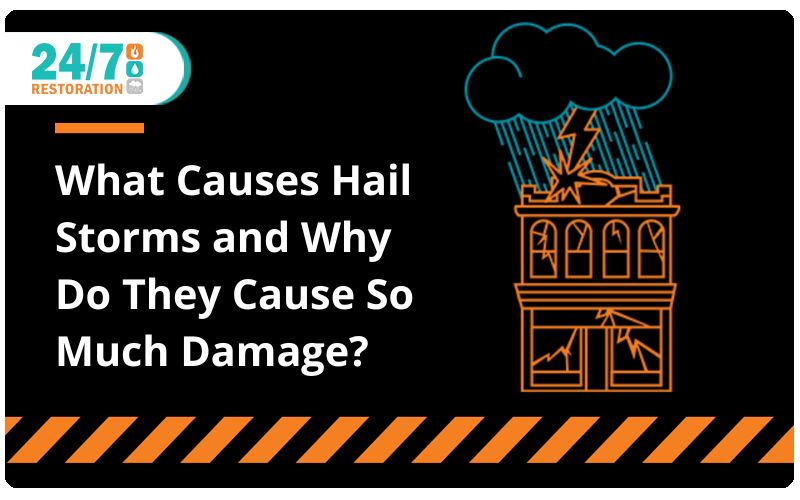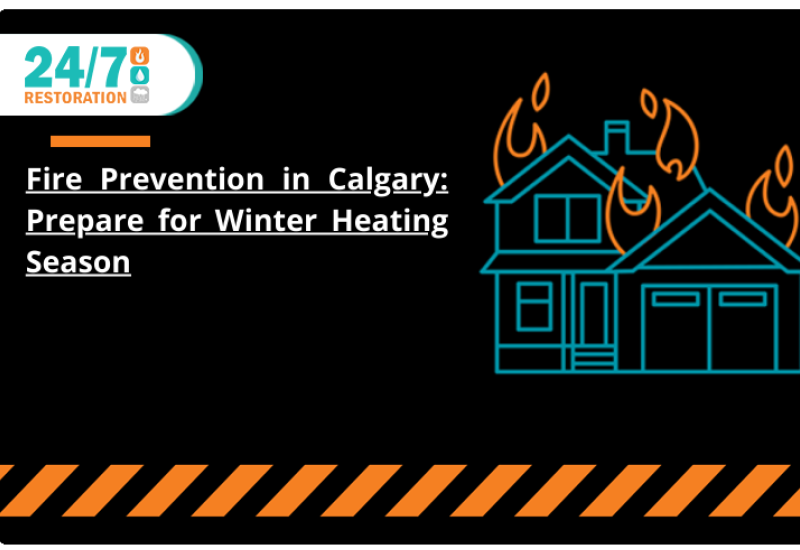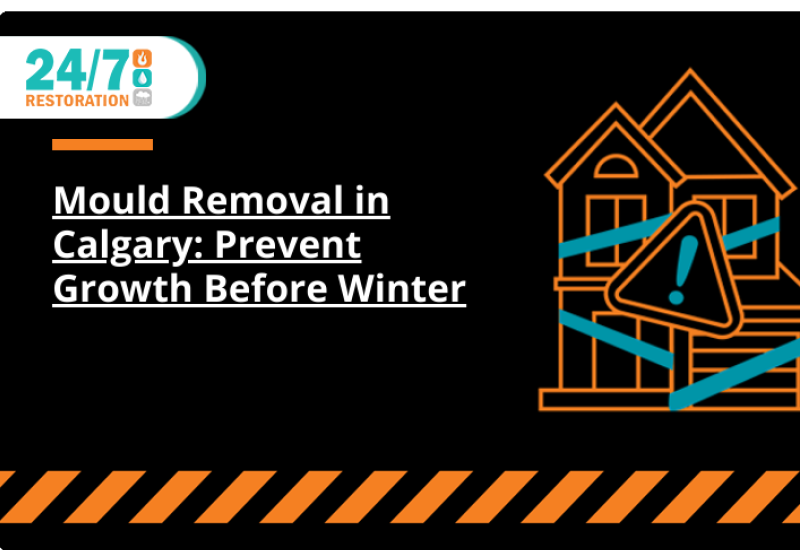What Causes Hail Storms?
Hail storms are the result of a complex interplay between atmospheric conditions and the formation of thunderstorms. Understanding the causes of hail storms can provide valuable insights into their potential for inflicting damage.
1. Updrafts and Downdrafts:
Hail storms require strong updrafts within thunderstorms. Updrafts are powerful vertical air currents that carry warm and moist air upward into the cloud. These updrafts can reach speeds of up to 100 miles per hour (160 km/h), lifting water droplets and ice particles high into the storm cloud. At the same time, downdrafts, which are rapidly descending currents of air, transport the hailstones back down towards the ground.
2. Supercooled Water Droplets:
Supercooled water droplets play a crucial role in hail formation. Within the storm cloud, updrafts carry water droplets to higher altitudes, where temperatures drop below freezing. Despite the freezing temperatures, these droplets remain in a liquid state, a phenomenon known as supercooling. Supercooled water droplets provide the necessary foundation for hailstone formation.
3. Ice Nuclei:
Ice nuclei are tiny particles, such as dust, pollen, or other ice particles, that serve as the starting point for hailstone growth. When supercooled water droplets come into contact with ice nuclei, they rapidly freeze and begin to accumulate layers of ice. The presence of abundant ice nuclei within the storm cloud increases the potential for hailstone formation.
4. Accretion and Layering:
As the hailstone is carried by the updrafts and downdrafts within the thunderstorm, it encounters supercooled water droplets that freeze upon contact, adding another layer of ice to the growing hailstone. This process, known as accretion, continues as the hailstone moves through different temperature regions within the cloud. The repeated cycles of updrafts and downdrafts result in the layering of ice, leading to the growth of larger hailstones.
5. Hailstone Size and Velocity:
Hailstones can vary in size, ranging from small pea-sized pellets to large golf ball-sized or even bigger hailstones. The size of hailstones is determined by factors such as the strength of the updrafts, the availability of supercooled water droplets, and the duration of the storm. Larger hailstones are capable of causing more damage due to their increased mass and velocity.
6. Impact and Damage:
The destructive potential of hail storms arises from the combination of the size and velocity of hailstones. When these ice projectiles fall to the ground at high speeds, they can shatter windows, dent vehicles, and cause structural damage to buildings. The impact of a hailstone depends on its size, density, and speed, which can result in extensive damage to property and crops.
In addition to their impact, hailstones can also cause damage through the force of their collision. When hailstones strike a surface, they transfer their kinetic energy, leading to dents, cracks, and breakage. The damage inflicted by hail storms can be particularly pronounced in areas where the storm is intense and prolonged, resulting in a higher concentration of larger hailstones.
While it is impossible to prevent hailstorms, there are measures individuals and property owners can take to minimize the impact of hail damage. Installing impact-resistant windows, reinforcing roofs, and protecting vulnerable outdoor assets can help mitigate the destruction caused by hailstorms.
When it comes to hail damage repairs, choosing between a DIY approach and hiring a professional requires careful consideration. Assess the extent of the damage, evaluate your skills, prioritize safety, and review your insurance policy. While DIY repairs may be suitable for minor damage and if you possess the necessary skills, it's crucial to recognize when professional expertise is needed to ensure the best results. By making an informed decision, you can restore your property efficiently, effectively, and with peace of mind.
In the face of a hailstorm and its aftermath, seeking professional assistance for hail damage restoration is crucial. Experienced restoration companies possess the expertise, tools, and techniques necessary to assess the damage and restore the property to its pre-storm condition.
For Hail Storm Damage Cleanup Call Us, 24/7
Hail storms are the result of a combination of atmospheric conditions and the formation of thunderstorms. The interplay of updrafts, supercooled water droplets, and ice nuclei within storm clouds leads to the growth of hailstones. The size and velocity of hailstones contribute to their ability to cause significant damage to structures, vehicles, and crops. Ultimately, understanding the causes of hail storms and the reasons behind their potential for damage allows us to appreciate the powerful forces of nature. By staying informed, prepared, and proactive, we can minimize the impact of hailstorms and protect ourselves and our properties from their icy fury.
Summer storm damage or winter flood, whatever the cause of damage to your home, fire, flood, asbestos, lead, or sewage backup, our restoration company cleanup crew can quickly and professionally control and remediate the area. When disaster strikes, call 24/7 Restoration any time, night or day, on our emergency line for immediate services. Our expert cleanup crew will remove all damage and restore your home to pre-flood conditions. If you have any questions contact 24/7 Restoration by filling out the online contact form, and for immediate assistance, call us at 1-403-247-4365. We offer free estimates to get you back home as soon as possible.
FAQ
Q: What are the most common areas of a home that are damaged by hail storms?
A: Hail storms can cause damage to several areas of a home, including the roof, gutters, siding, windows, and outdoor items. The most common area of damage is the roof, which can be punctured or cracked by large hailstones. Gutters can also be damaged or clogged by hail, leading to water damage in the home.
Q: How long does it take to repair hail storm damage to a home?
A: The time it takes to repair hail storm damage to a home can vary depending on the extent of the damage and the availability of materials and contractors. Minor damage, such as a few missing shingles or dents in the siding, may be repaired within a few days. More extensive damage, such as a severely damaged roof or broken windows, may take several weeks or months to repair. It's important to contact a storm damage cleanup company as soon as possible after a hail storm to assess the damage and begin the repair process.
Q: Does homeowner's insurance cover hail damage?
A: Some homeowners' insurance policies do cover hail damage. However, the extent of coverage may vary depending on the policy and the specific terms and conditions. It's important to review your policy and understand your coverage before a hail storm hits to ensure you have adequate protection in the event of damage.




